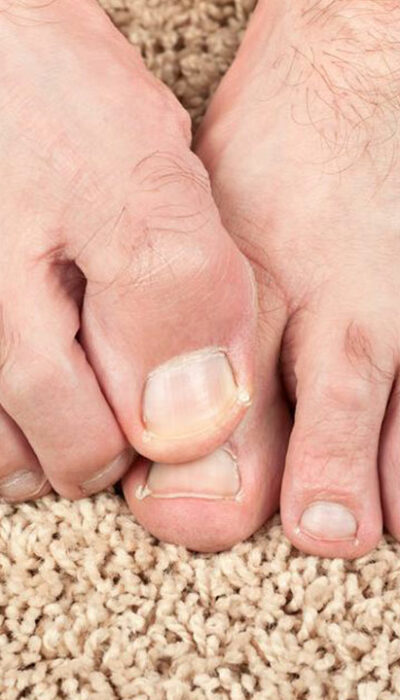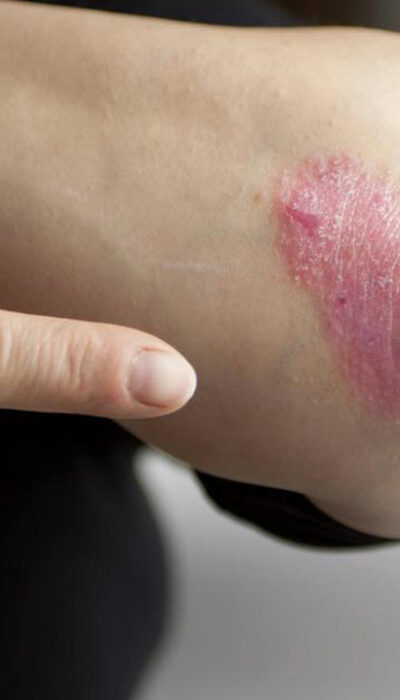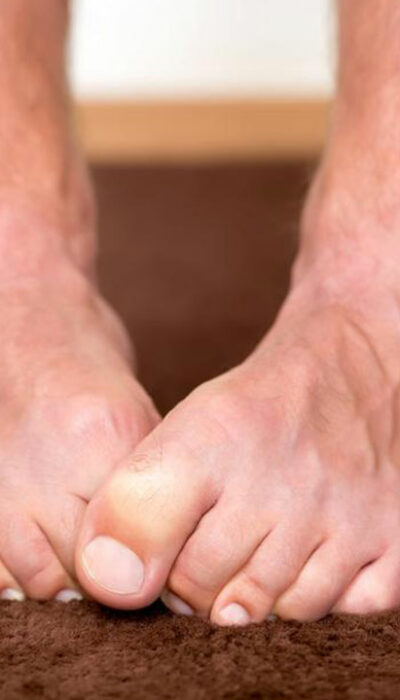
Quick facts about Hernia and Hernia Pain Relief
Hernia refers to the medical condition when a fatty tissue or an organ squeezes through a weak spot in the surrounding muscle. All hernias are the result of a combination of a weakness or opening in the muscle or fascia and extreme pressure. Causes Of Hernia: Lifting heavy objects without taking proper care Persistent sneezing and/or coughing Diarrhea and/or constipation Hernias differ from one another, depends on the organ or body part affected. Hence, the treatment for hernia pain relief varies. It is difficult for you to diagnose the form of Hernia you’re suffering from. Some of the most common forms of Hernia are: Types Or Forms of Hernia: Inguinal (inner groin) Hernia: The bladder or intestine pushes across the abdominal lining and enters into the groin’s inguinal canal. Incisional Hernia: At the site of a previous abdominal surgery, the intestine pushes across the abdominal lining. Femoral (outer groin) Hernia: When the intestine protrudes through the canal carrying the femoral artery to the upper thigh. Umbilical Hernia: A part of the small intestine squeezes the abdominal lining near the navel. Hiatal Hernia: Occurs when the upper portion of the stomach protrudes through an entrance in the diaphragm, called the hiatal. Methods For Hernia Pain Relief Hernias are extremely discomforting, if not painful. To ease the pain there are a number of methods that one may use. But it must be understood that all the following methods of hernia pain relief are temporary and one must go for further medical advice: Usage of ice packs When experiencing mild discomfort and uneasiness, it is advisable to apply an ice pack at the site of the hernia for hernia pain relief. The ice pack should be applied for 10 to 15 minutes only. You can perform this method of hernia pain relief, once or twice a day, but only after approval from the doctor.










